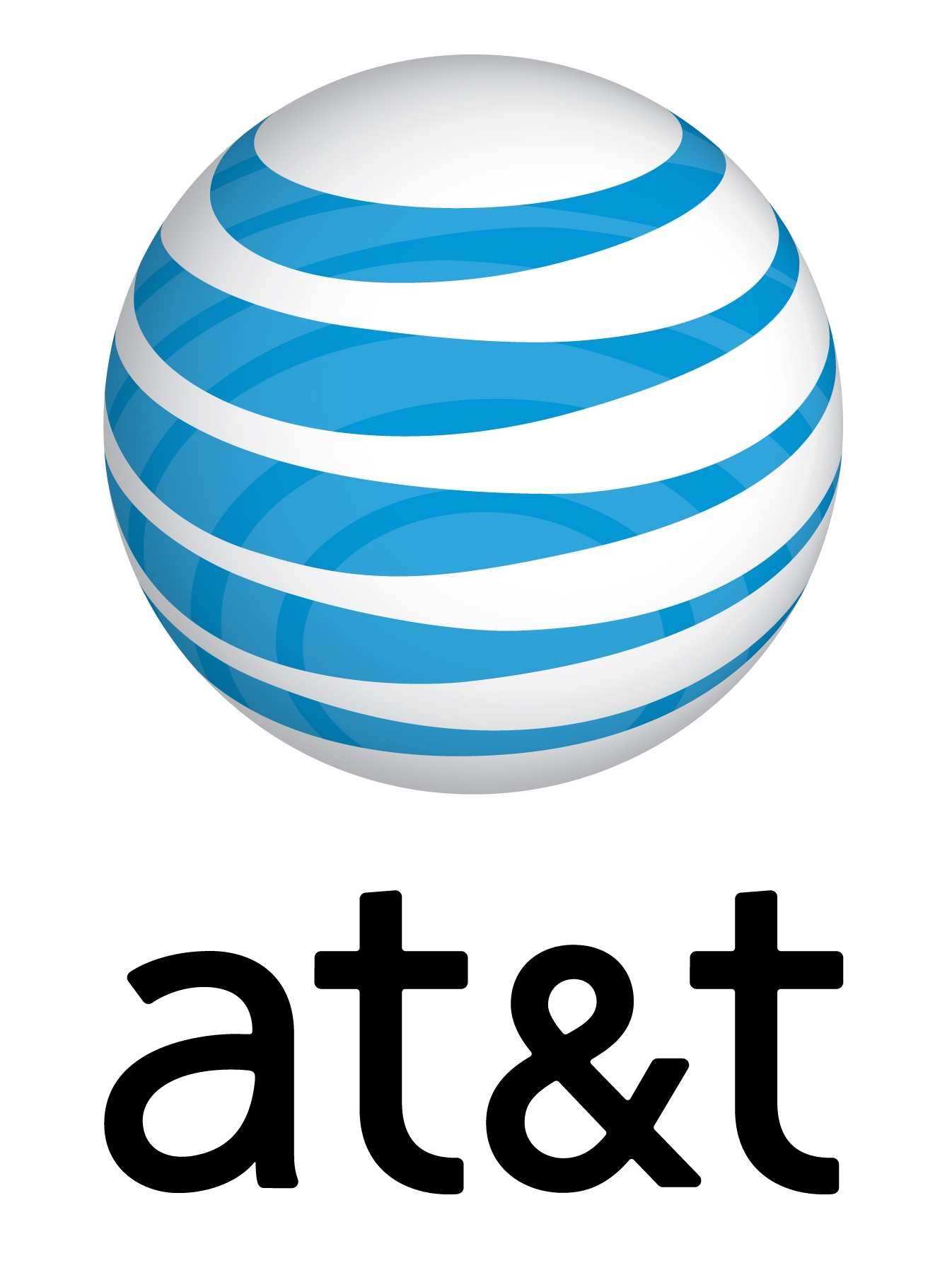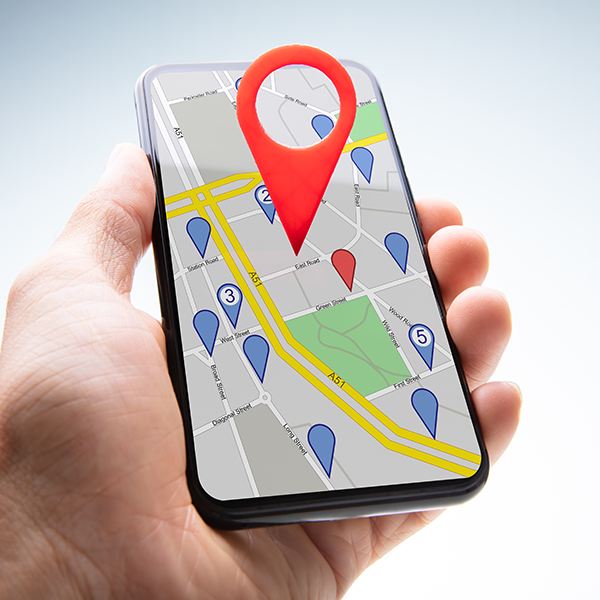AT&T WebPhone Gets Its Moment

Integrating communications services with Web browsers to allow consumers to easily shift between devices and locations is why Ericsson, Mozilla and AT&T teamed up to showcase a Web Real-Time Communication (WebRTC) proof of concept, called AT&T Web Phone, at Mobile World Congress 2013.
The joint demonstration builds on Ericsson's Web Communication Gateway, the Mozilla Social API and WebRTC support in Firefox and the AT&T API Platform to enable the Mozilla Firefox browser to sync with a user's existing phone number and provide calling services without any plugins to download.
"We are excited to enable Web to mobile voice calls, video calls and file sharing without the need for a plugin," said Todd Simpson, Mozilla Chief of Innovation. "This gives developers and operators a lot of opportunity to offer compelling services while maintaining direct customer relationships, so users can have an awesome, consistent communications experience."
The technology builds on WebRTC, an open Web framework that the World Wide Web Consortium (W3C) is standardizing. This demonstration is meant to show how the Web browser can perform many functions usually confined to a mobile device, such as voice and video calls and SMS and MMS texting.
"AT&T opens our network to developers through our API platform, allowing them to create applications with AT&T services like SMS, MMS and call management seamlessly and easily integrated," said Carlton Hill, Vice President Developers Services, AT&T. "Together with Mozilla and Ericsson, we've developed a concept that illuminates for developers and consumers the technologies made possible by our APIs."
Additionally, in a joint press release, the companies state that the proposition will allow fast innovation to new and different applications and services - whether on a mobile device or desktop computer, through the global network of developers who work on the open Firefox platform.

Subscribe to Our Newsletter!
Latest in Mobile Marketing










